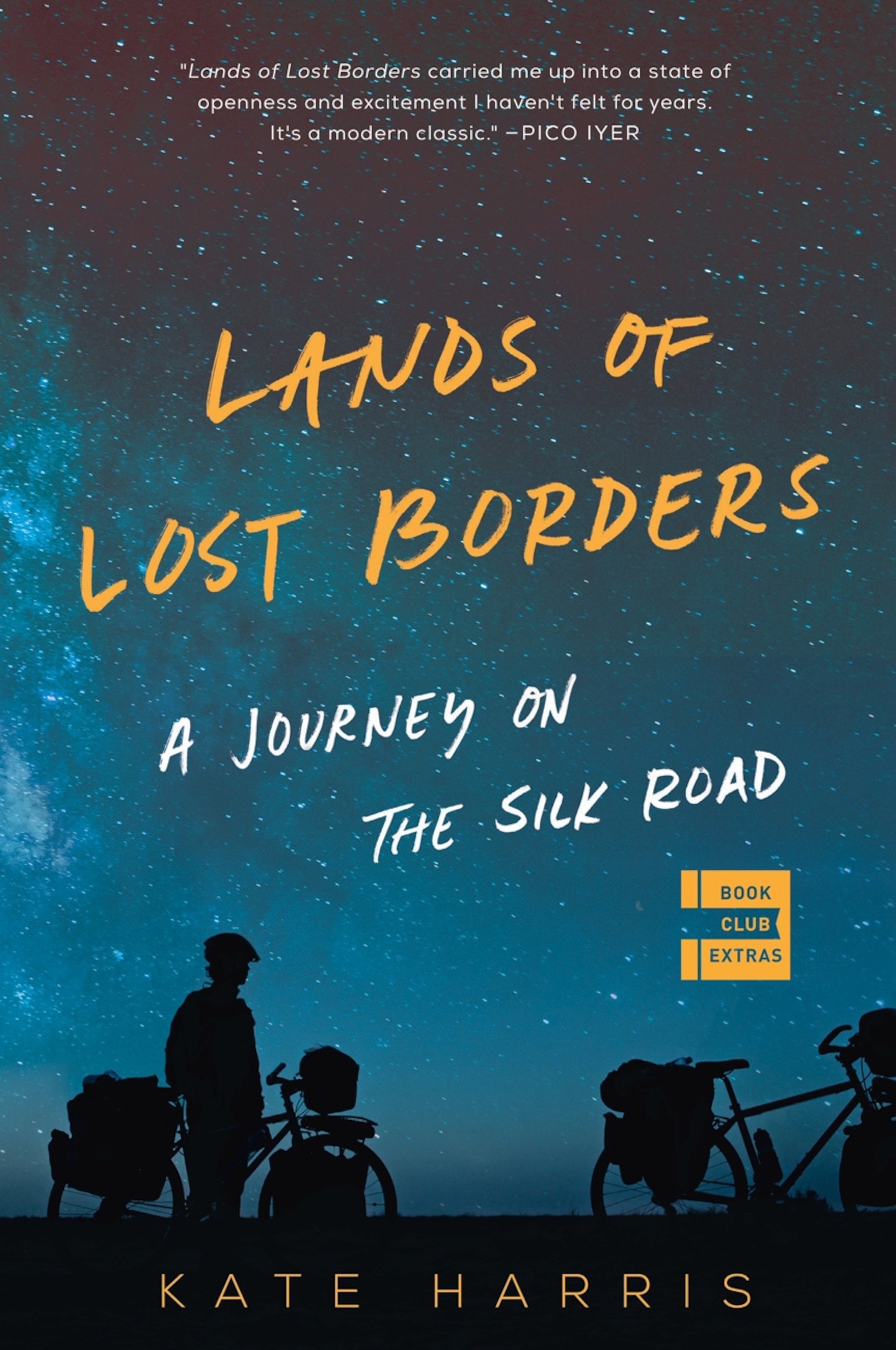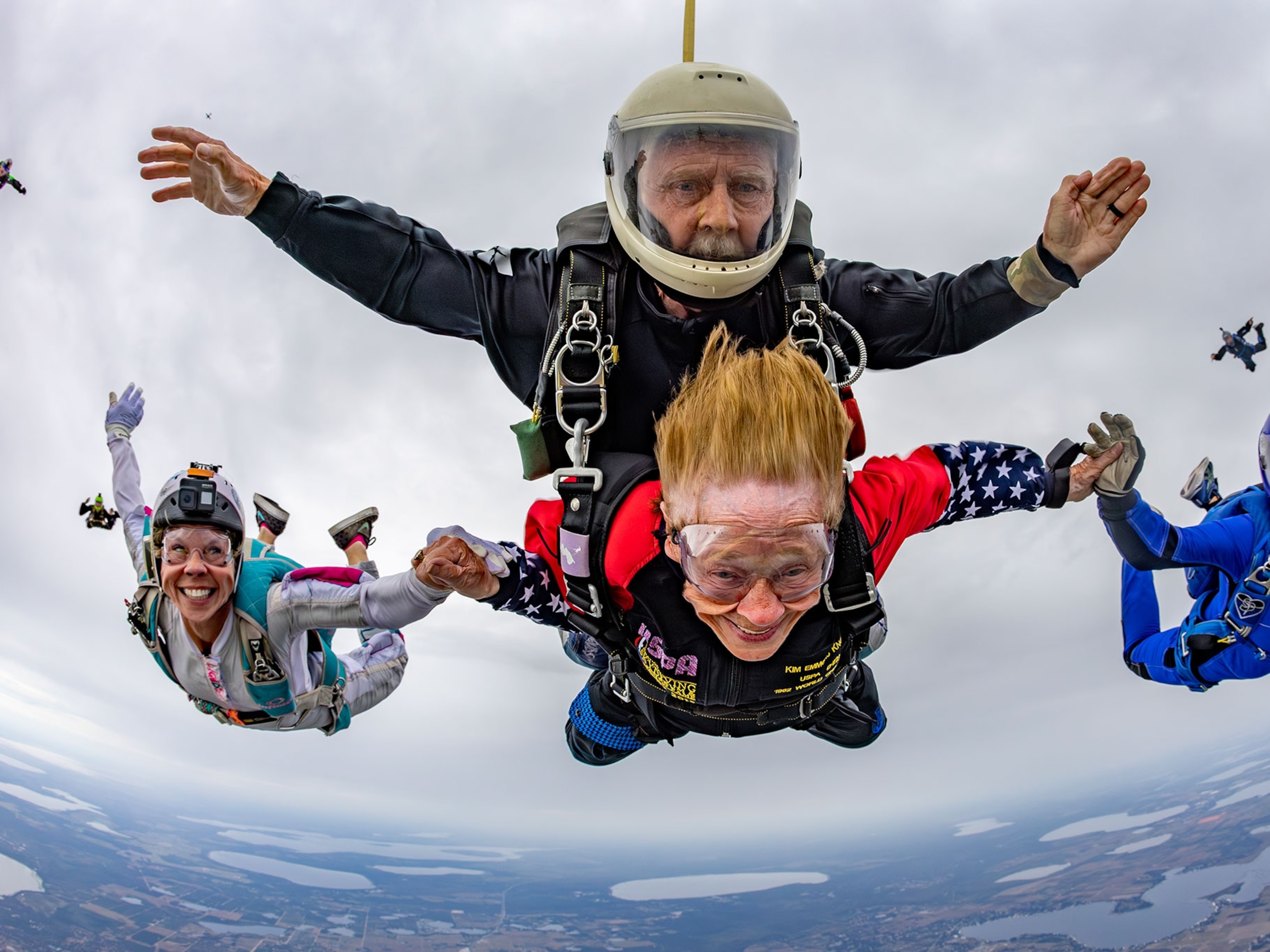
10 books by women that will take you on epic adventures
Paddle into Papua New Guinea, bike across the Himalaya, and tag along on a trek from Mongolia to Australia in these inspiring reads.
Unflappable women have spent centuries traveling the world, bravely pushing boundaries and defying conventions as they go—only to write luminous accounts that, all too often, get lost in the stacks of history.
The following 10 books by women—the latest installment in our ongoing Around the World in Books series—reveal fresh perspectives on our world, through the eyes of gutsy explorers past and present.
Trieste and the Meaning of Nowhere, by Jan Morris, 2001. In this ode to the moody Italian city that she calls “Europe distilled,” Morris shares singular insights—bookended by visits as a young soldier in 1946 and then half a century (and a gender-reassignment surgery) later, as an elderly woman.

Black Lamb and Grey Falcon, by Rebecca West, 1941. While the world teeters on the brink of war in the 1930s, West reveals the (often troubled) soul of the Balkan Peninsula in a sprawling political portrait threaded with observations both obsolete and eternal.
(Related: Travel through time with 21 women explorers who changed the world.)
Two Towns in Provence, by M.F.K. Fisher, 1964. As “brash as a newcomer” to the Roman-era French town of Aix-en-Provence, Fisher writes that when she “first felt the rhythm of its streets and smelled its ancient smells, and listened at night to the music of its many fountains,” she said, simply, “Of course.” And so begins this American’s memoir about life as a bon vivant—and single mother—in Aix and Marseille, seasoning her accounts with history and geography with the well-balanced nuance of an instinctive chef.
Overground Railroad, by Candacy Taylor, 2020. In segregated, mid-century America, The Negro Motorist Green-Book lit the way for African-American travelers as a directory of black-safe businesses. Taylor estimates that only 5 percent of Green Book places still exist, including Michigan’s Idlewild resort and Los Angeles restaurant Clifton’s. Taylor, previously a Harvard fellow, gives the topic the context and meticulous research it deserves, while keeping an eye on current race relations.

Wild by Nature, by Sarah Marquis, 2016. Swiss explorer and National Geographic Adventurer of the Year in 2014, Marquis says that walking is a way to “let your soul touch the earth.” Her 1,000-day solo trek from Mongolia to Australia—and her brushes with the Mafia, drug dealers, thieves on horseback, an abscessed tooth, and dengue fever along the way—will stop you in your tracks.
Travels with Myself and Another, by Martha Gellhorn, 1978. The fearless war correspondent braves shell fire and other turbulence by the side (sometimes) of an Unwilling Companion, as she refers to onetime husband Ernest Hemingway. For a book devoted to “horror journeys,” it’s a surprisingly lighthearted romp through East Africa, Crete, and China during the Second Sino-Japanese War, and the Soviet Union under Stalin.
Full Tilt: Ireland to India with a Bicycle, by Dervla Murphy, 1965. The beer-swigging Irishwoman chronicles her solo cycling trip in 1963 from her home across Europe, Iran, Afghanistan, then over the Himalaya to Pakistan and India—in the frozen dead of winter. Accompanied only by her bicycle, named Rozinante after Don Quixote’s horse, and a revolver, she earns her place in the canon of travel classics along the way.
(Related: Learn why the future of travel is female.)
Four Corners: A Journey Into the Heart of Papua New Guinea, by Kira Salak, 2001. At 24, Salak ventures across the remote wildernesses of Papua New Guinea by dugout canoe and on foot—and lives to write the action-packed tale. In the two decades since, the New York Times dubbed her a real-life Lara Croft, National Geographic named her an emerging explorer, and village women in Mali cheered her on as a femme forte (strong woman).

Lands of Lost Borders: A Journey on the Silk Road, by Kate Harris, 2018. A Canadian lab rat turned two-wheeled explorer follows in the path of Marco Polo, invoking everyone from astronomer Carl Sagan to mountaineer Fanny Bullock Workman and celebrating the “multitudes” of hospitable gestures she encounters as she pedals. Pico Iyer calls Harris’s transcendent odyssey a “modern classic.”
Atlas of Remote Islands, by Judith Schalansky, 2009. This off-kilter guide to the planet’s most far-flung landmasses, from Tristan da Cunha to Lonely Island, steps onto precarious terrain from its opening line. “Paradise is an island. So is hell,” writes the former child of East Germany. Schalansky’s irresistible tagline—“Fifty Islands I Have Never Set Foot On and Never Will”—feels particularly apt right now, and her hand-drawn maps and fantastical accounts are pure poetry.





